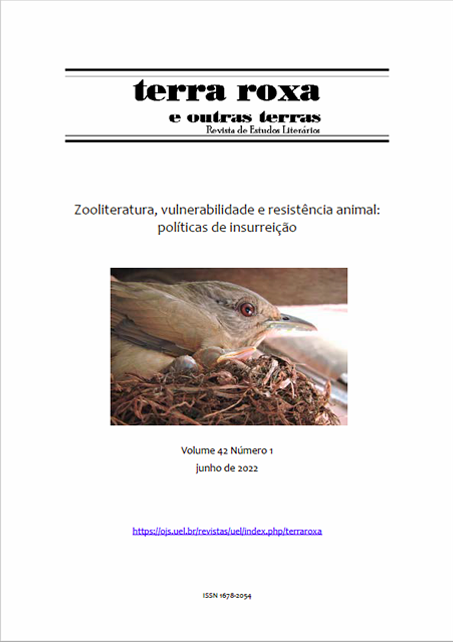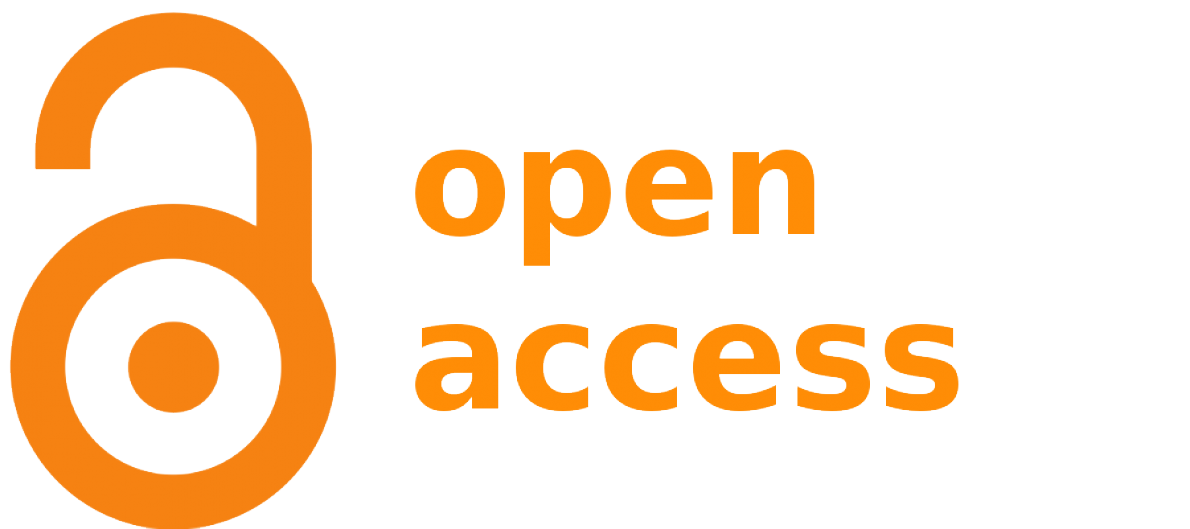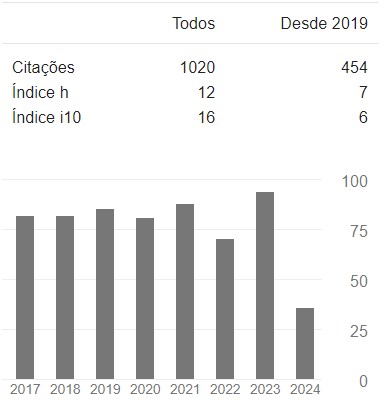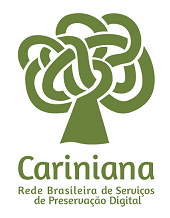Crianimalça: representations of children-animal relationships
DOI:
https://doi.org/10.5433/1678-2054.2022v42p125-136Keywords:
childhood studies, literary animal studies, Angolan literature, Mozambican literatureAbstract
This essay offers a comparative reading of the following fictional narratives, namely: Luís Bernardo Honwana’s “Nós Matámos o Cão-Tinhoso” and Manuel Rui’s Quem dera me ser onda. These literary narratives, whose main characters are children and nonhuman animals, speak to conditions of vulnerability while correlating the resistance of the nonhuman animals with the children’s acts of insurrection. Situating the complex status of children within the humanist model (anthropocentric and focused on the adult human) and dialoguing with literary animal studies, this essay proposes to revisit the aforementioned works by utilizing a factual and non-allegorical interpretation of the children and the nonhuman animals. By decentralizing the adult human, the objective of this essay is to examine how the interspecies relationship of affection that children develop to nonhuman animals can contribute more comprehensively to anti-anthropocentric discussions about the complex and multidimensional relation between humans and non-humans
Downloads
References
AFOLABI, N. The golden cage: regeneration in Lusophone African literature and culture. Trenton: Africa Research & Publications, 2001
ALONSO, C. P. The Wind of Change in Nós matámos o cão-tinhoso. Ellipsis: Journal of the American Portuguese Studies Association, New Brunswick, v. 5, p. 67-85, 2007. Disponível em: https://apsa.us/ellipsis/5/alonso.pdf.
BROWN, C. E. The concept of vulnerability and its use in the care and control of young people. Tese (Doutorado em Sociologia e Políticas Sociais) – University of Leeds, jan. 2013. Disponível em: https://etheses.whiterose.ac.uk/4433/1/KB%20Thesis%20FINAL.pdf.
HARAWAY, D. J. The companion species manifesto: Dogs, people and significant otherness. 2. ed. Chicago: U of Chicago P, 2003.
HARAWAY, D. J. Staying with the trouble: making kin in the Chthulucene. Durham: Duke U P, 2016. DOI: https://doi.org/10.2307/j.ctv11cw25q
HARAWAY, D. J. Humanimal, 2013. Disponível em: https://bit.ly/3OPeeAT
HERINGER, E. Quem me dera ser onda: A infância e o risível numa leitura de Angola pós-Colonial. Anais do SILIAFRO, EDUFU, v. 1, n. 1, p. 185-197, 2012.
HONWANA, L. Nós matámos o cão-tinhoso. 1964. Disponível em https://bit.ly/3yLV3mf.
GIRARD, R. Des choses cachées depuis la fondation du monde. Paris : Grasset, 1978.
GOMES, R. B., A. L. C Garcia. A falta de acessibilidade urbana para pessoas com deficiência e suas implicações em saúde mental e garantia de direitos humanos. Cadernos Brasileiros de Saúde Mental/Brazilian Journal of Mental Health, Florianópolis, v. 9, n. 24, p. 230–253, 2017. Disponível em: https://periodicos.ufsc.br/index.php/cbsm/article/view/69615.
JAMES, A., A. Prout. Constructing and reconstructing childhood: contemporary issues in the sociological study of childhood. 2. ed. London: Routledge Falmer, 1997.
MURRIS, K. The posthuman child: educational transformation through philosophy with picturebooks. Londres: Routledge, 2016. DOI: https://doi.org/10.1007/978-981-287-532-7_164-1
MURRIS, K. A MANIFESTO. Posthuman child: de/colonising childhood through reconfiguring the human, 2018. Disponível em: https://bit.ly/3yMZSvC.
MURRIS, K. Professor Karin Murris: reconfiguring the human and educational relationality, 2018. Disponível em: https://bit.ly/3At3uE4.
MWANGI, E. M. The postcolonial animal: African literature and posthuman ethics. Ann Arbor: U of Michigan P, 2019. DOI: https://doi.org/10.3998/mpub.9955521
OERLEMANS, O. A defense of anthropomorphism: comparing Coetzee and Gowdy. Mosaic a journal for the interdisciplinary study of literature, Winnipeg, v. 40, n. 1, p. 181–196, 2007.
PANDE, A. Why animals matter in literature and culture, 2021. Disponível em https://bit.ly/3RePbJ5.
PIPER, C. Investing in children: policy, law and practice in practice. London: Willian, 2008.
RUI, M. Quem me dera ser onda. 1982. Disponível em: https://bit.ly/3yhFnpm.
SHAPIRO, Kenneth & Marion W. Copeland. Toward a critical theory of animal issues in fiction. Society & Animals, Ann Arbor, v. 13, n. 4, p. 343-346, 2005. Disponível em: https://www.animalsandsociety.org/wp-content/uploads/2016/01/shapirocopeland.pdf. DOI: https://doi.org/10.1163/156853005774653636
THIYAGARAJAN, N. We are not in this world alone: on drawing close, animal stories, and a multispecies sense of place. Palgrave Studies in Animals and Literature. Cham: Springer, 2021. p. 79–94. DOI: https://doi.org/10.1007/978-3-030-39773-9_6
WANNENBURGH, A. The bushmen. Cape Town: Struik, 1999.
WOODWARD, W. Social subjects: representations of dogs in South African fiction in English. Canis Africanis. Leida: BRILL, 2008. p. 235–262. DOI: https://doi.org/10.1163/ej.9789004154193.i-300.51
WOODWARD, W. “Disabilities” and trans-species connections in Luis Bernardo Honwana’s “We killed mangy-dog,” Paul Auster’s Timbuktu and Helen Humphreys’ Wild dogs. Forum for world literature studies, Hong Kong, v. 6, n. 1, p. 24-40, mar. 2014. Disponível em: http://www.fwls.org/uploads/soft/210603/10479-210603161338.pdf.
Downloads
Published
How to Cite
Issue
Section
License
Copyright (c) 2022 Terra Roxa e Outras Terras: Revista de Estudos Literários

This work is licensed under a Creative Commons Attribution-NonCommercial 4.0 International License.
Authors who publish in this journal agree to the following terms:
a) The authors retain the copyright and grant the journal the right of first publication, the work being simultaneously licensed under the Creative Commons Attribution-NonCommercial 4.0 International License, allowing the sharing of the work with acknowledgment of the authorship of the work and initial publication in this journal.
b) Authors are authorized to assume additional contracts separately, for non-exclusive distribution of the version of the work published in this journal (eg, publish in an institutional repository or as a book chapter), with acknowledgment of authorship and initial publication in this journal.
c) Authors are allowed and encouraged to publish and distribute their work online (e.g. in institutional repositories or on their personal page) after the editorial process, as this can generate productive changes as well as increase impact and citation of the published work (See The Effect of Open Access).
d) The authors of the approved works authorize the journal to, after publication, transfer their content for reproduction in content indexers, virtual libraries and the like.
e) The authors assume that the texts submitted for publication are of their original creation, taking full responsibility for their content in case of any objection by third parties.



















